It’s approaching mid-March, and temperatures on our mountain farm are in the teens and twenties most nights. We expect (and hope!) to have our first hatchlings coming out of their nice, warm shells this Tuesday, and they will go up to the barn after drying off in the house brooder for 24 hours. Brrrrrr!
Brooding in Freezing Weather Outside? Yes, you can!

I wouldn’t have even considered doing this if it weren’t for information I learned from this great book: Success With Baby Chicks by Robert Plamondon. The book is chock full of really useful information, much of it gleaned by Plamondon from research done by reading “a hundred books on poultrykeeping at Oregon State University’s Valley Library, and surveyed a hundred years of poultry journals and magazines.”* In this book, Plamondon shares how to build a style of chick brooders that were used widely during the 1940s and onward, but have been largely lost today. He calls them “hovers.”
Plamondon taught me that I could build a hover big enough to warm 200 chickens for under $20 in under two hours. Well, I’m raising far fewer chicks than that… but that’s okay. Plamondon scales his design so that you can build one that warms 50, 100, or 200 chicks. I built one even smaller today: intended for my average hatch of 30 chicks.
As Plamondon explains on his excellent website, that introduces the hover:
The basic facts can be summarized as follows:
- Baby chicks need heat, but are very small, so only the heat at floor level matters.
- Radiant heat, such as from heat lamps, can keep a chick warm even if the air temperature is cold, but radiant heat alone is expensive.
- Heat lamps and reflector floodlight bulbs are the most convenient source of heat. Both types make good brooder lamps.
- Heat rises, so it tends to heat the ceiling rather than the floor. Trapping the heat with an insulated ceiling above the chicks (a “hover”) will save energy.
- Using a combination of radiant heat and an insulated hover will provide the best of both worlds, using one-third the electricity while keeping the chicks safer and more comfortable.
- Winter brooding is straightforward with this equipment.
- A lightweight plywood brooder box with two heat lamps can be built in a couple of hours and will last for years.
Our Hover: It Took Less Than Two Hours to Build!
Here are pictures of the hover we built today. We have pens for day-old chicks that are a scant 24” deep, so we chose to make ours 19” x 24” (which is slightly smaller than Plamondon’s smallest design, 24” x 24”).

First, we cut out legs, cleats, side pieces, and the lid (without corners removed).

Then, we assembled these into a box (with no lid) because we are not skilled carpenters and knew our box would not be perfect. We then turned the box over on top of the lid piece and scribed the finished dimensions on the lid. We then cut the lid to fit.

It sets inside the walls on, the cleats, 4” down from the top. This is so you can put 4” of shavings on the top of this hover box, giving great insulation to the hover, and further saving energy costs.

Then, my brilliant husband wired the hover.
The design calls for two lights (for redundancy in case one light bulb burns out) set in porcelain sockets and mounted in the center of the two 19” sides of the hover. Scott chose to wire them together on a single circuit.

There is no need for a thermometer, or even a light switch, though our porcelain mounts did come with pull chains.
Voila! Our finished hover! Tomorrow, we’ll be plugging it in and filling the pen with shavings. I’ll be monitoring the temperatures to assure that the babies will be warm and toasty, even in freezing weather!

My husband used a tuna can to cover the hole where the wires are threaded from the light sockets so that the birdies can’t get to them as they grow larger.
We have taken it up to the barn and installed it with only two 40 watt lightbulbs to start warming up the space. Later today, we’ll grab two higher powered bulbs from our local hardware store: we need a total of 120 watts in this size hover for below-freezing temperatures. See the picture below of the glowing goodness!

*Purchase Success With Baby Chicks here! Find out more details about hovers here.
UPDATE: 10 days later, I can show you an even more excellent way to brood chicks. Read HERE why we never used the hover pictured… though, I’ve left this post up because there are different strokes for different folks, and this remains a viable option.
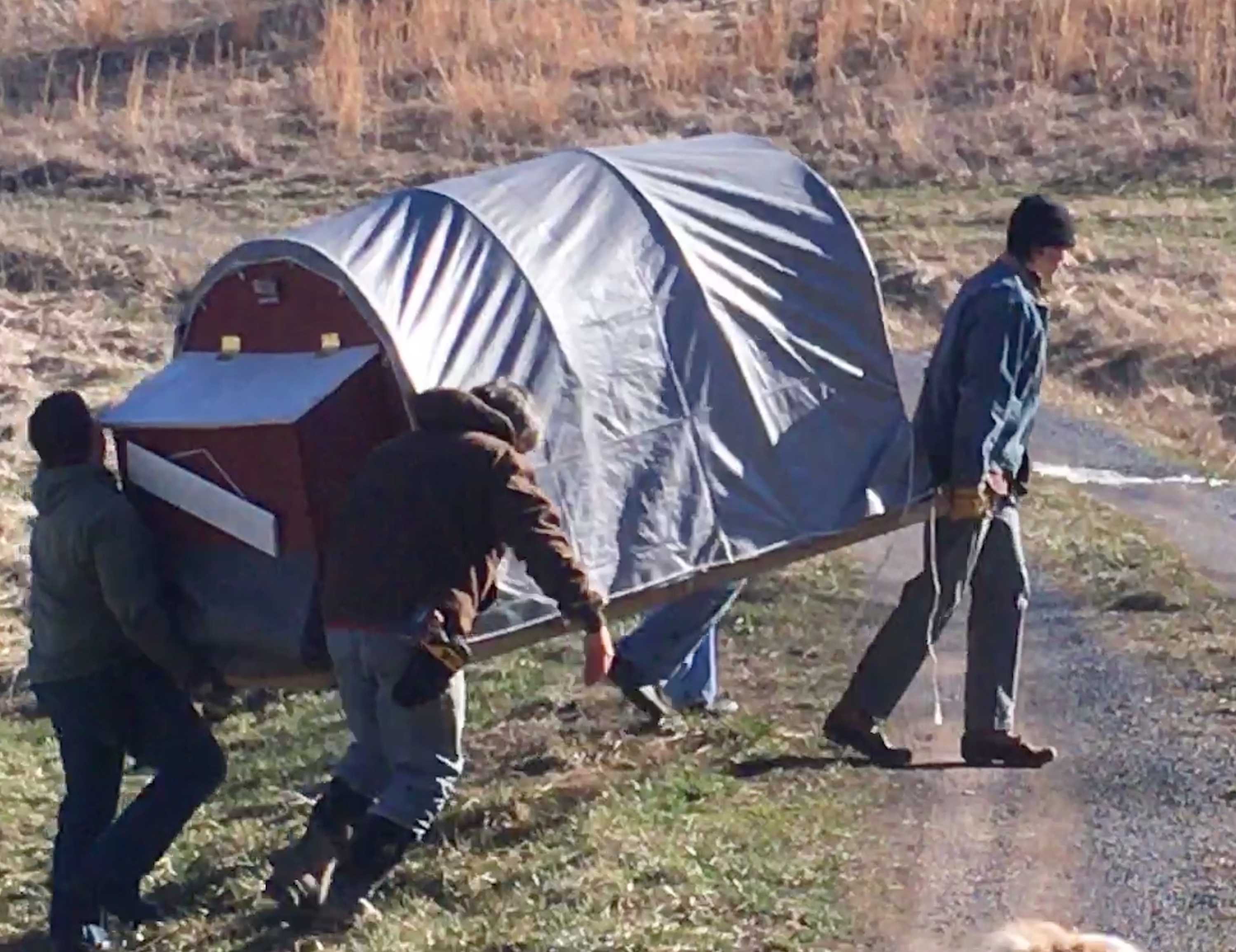

 So, on Saturday morning at 9 AM, the men showed up and they moved seven 500 lb. breeding coops UPhill on Saturday morning. We decided to move the birds in their coops. The birds had already been shut in all of Friday because we had 70 mph winds here and had to keep them safe.
So, on Saturday morning at 9 AM, the men showed up and they moved seven 500 lb. breeding coops UPhill on Saturday morning. We decided to move the birds in their coops. The birds had already been shut in all of Friday because we had 70 mph winds here and had to keep them safe.
 In the process of building the runs and moving the coops, we relocated some of the birds’ relative positions. As they were let out into new runs, our best Light Sussex cock and our best Silver Penciled Rock cock found themselves separated by only a wire fence, and they did not like it, not one little bit! As I worked on more runs on Monday evening, I watched these two cocks get into a massive fight through the wire that left them both bleeeding.
In the process of building the runs and moving the coops, we relocated some of the birds’ relative positions. As they were let out into new runs, our best Light Sussex cock and our best Silver Penciled Rock cock found themselves separated by only a wire fence, and they did not like it, not one little bit! As I worked on more runs on Monday evening, I watched these two cocks get into a massive fight through the wire that left them both bleeeding.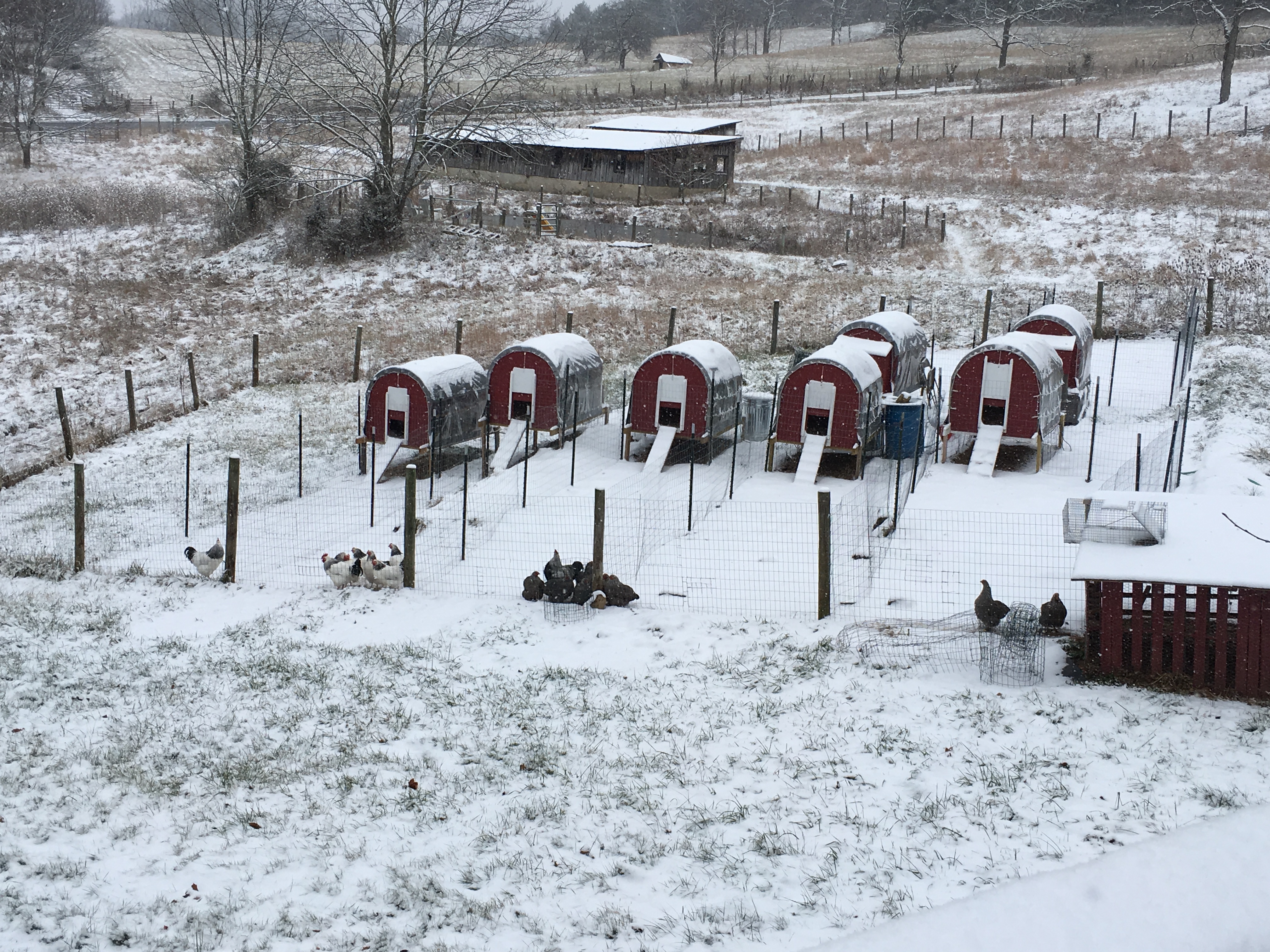






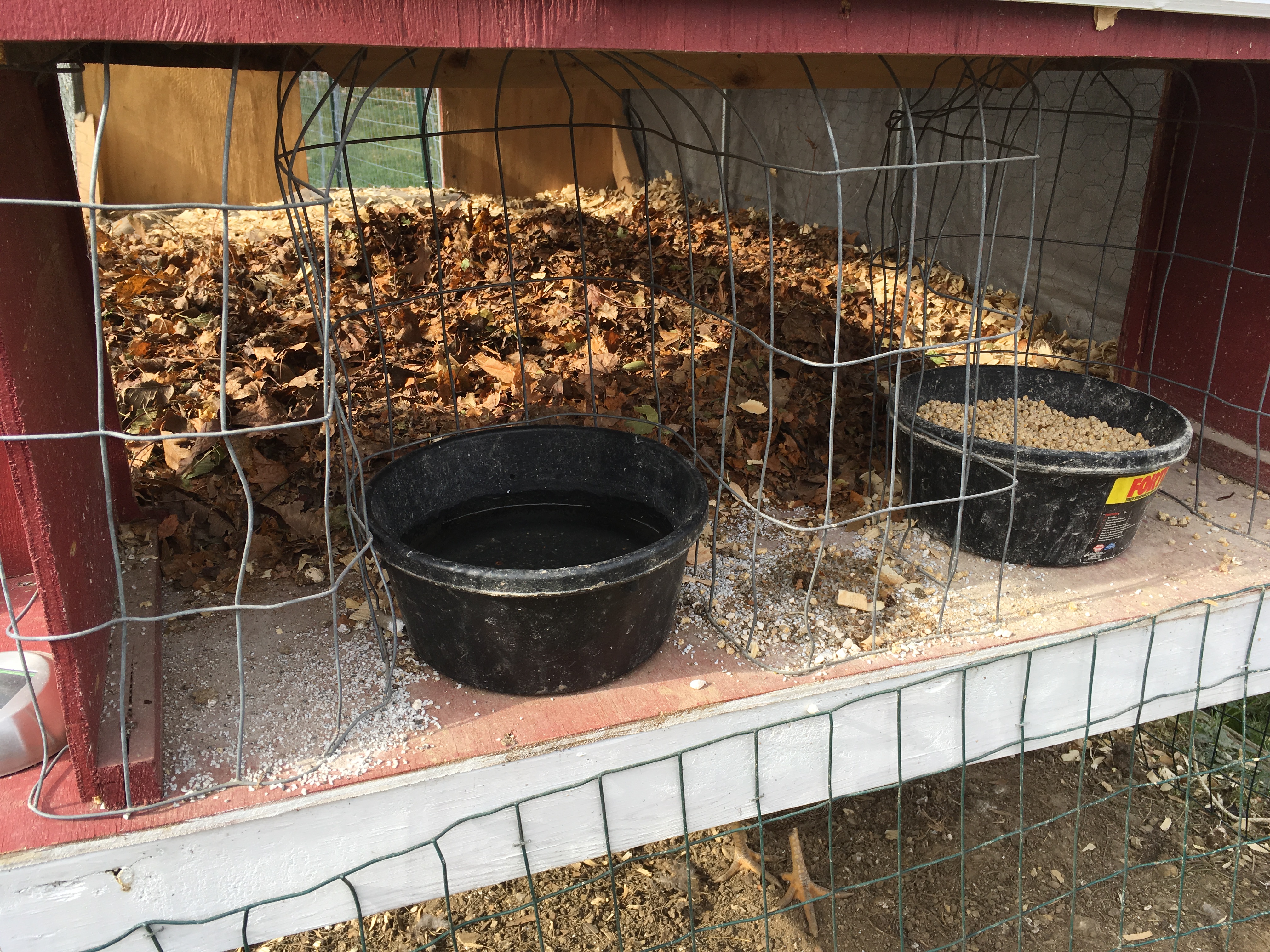




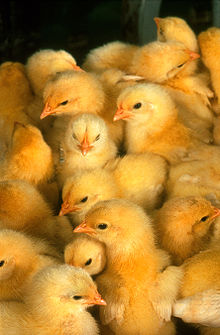
 As you surf the Internet, you’re going to find a range of options — and prices — for day-old chicks. Here are some questions and topics that can help you winnow these options. If you are brand new to chickens, the best advice I can give you is to join an online group, like
As you surf the Internet, you’re going to find a range of options — and prices — for day-old chicks. Here are some questions and topics that can help you winnow these options. If you are brand new to chickens, the best advice I can give you is to join an online group, like 



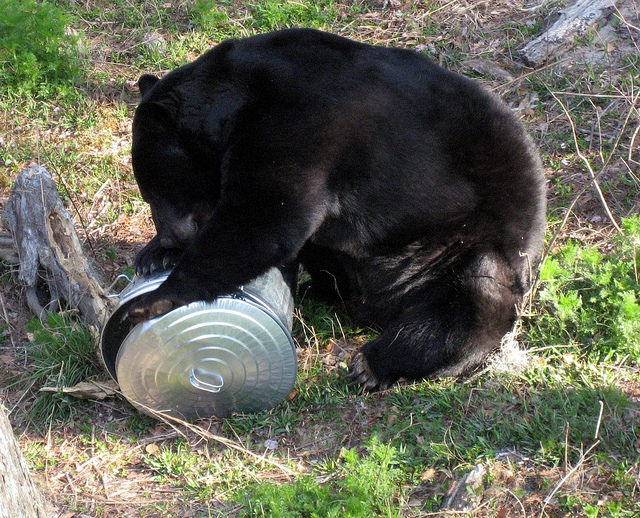













 Would your child be interested in hatching chickens to raise, or breed, or possibly show or sell?
Would your child be interested in hatching chickens to raise, or breed, or possibly show or sell?


